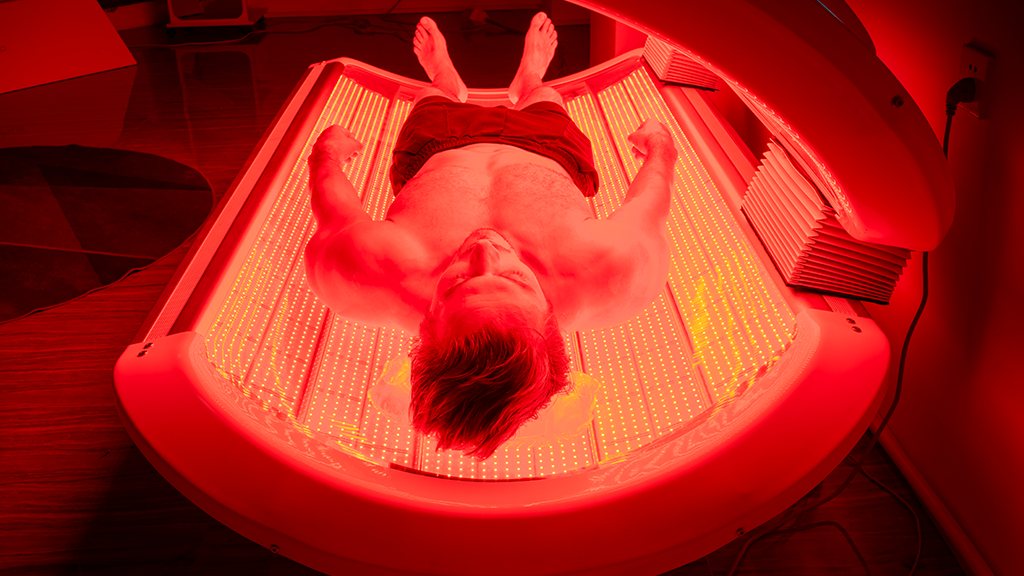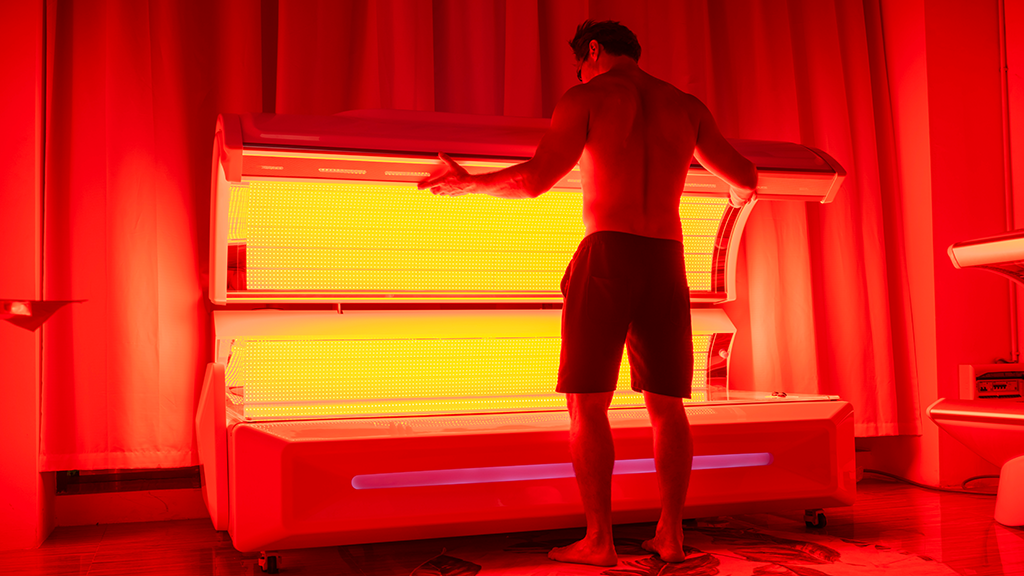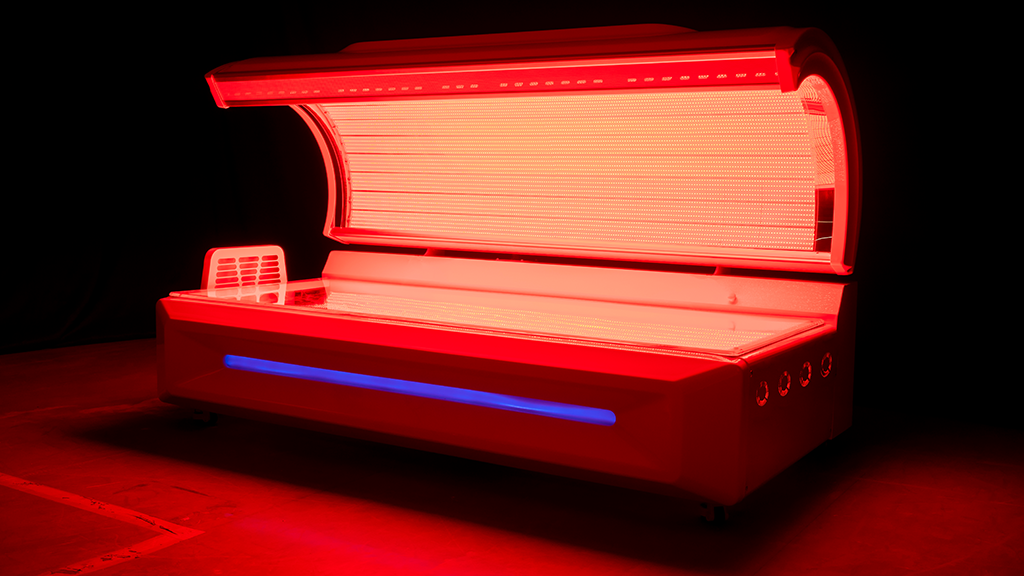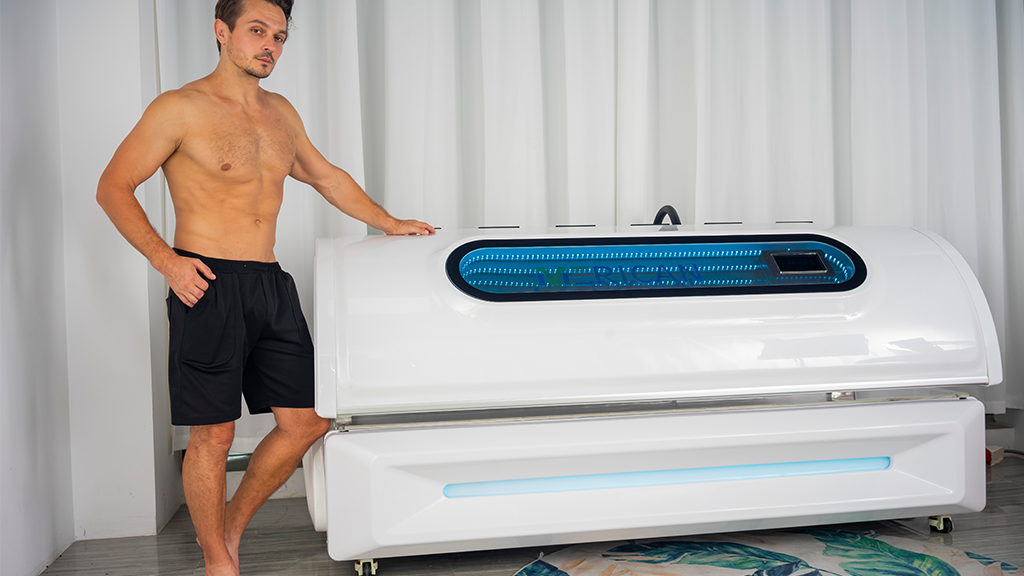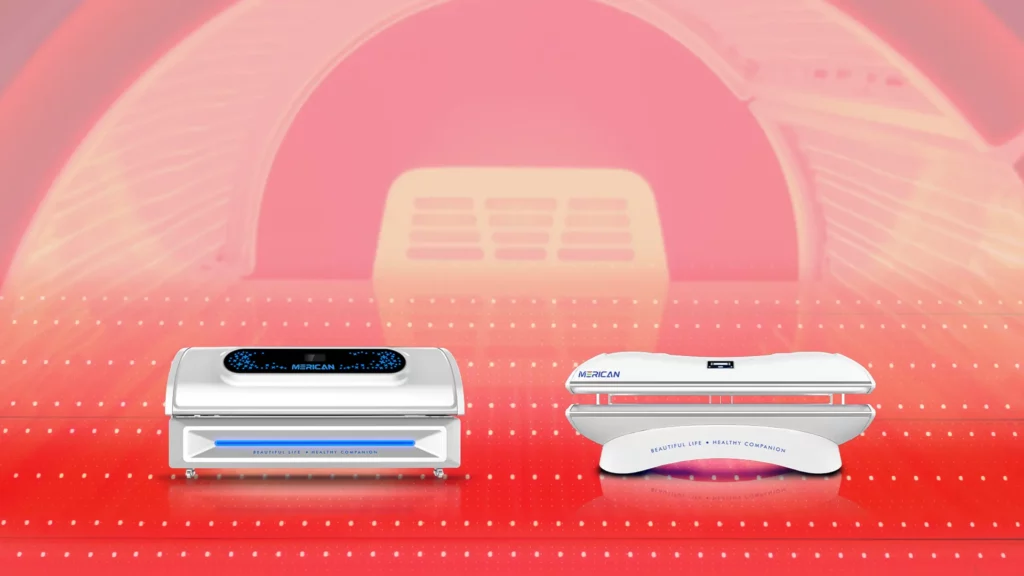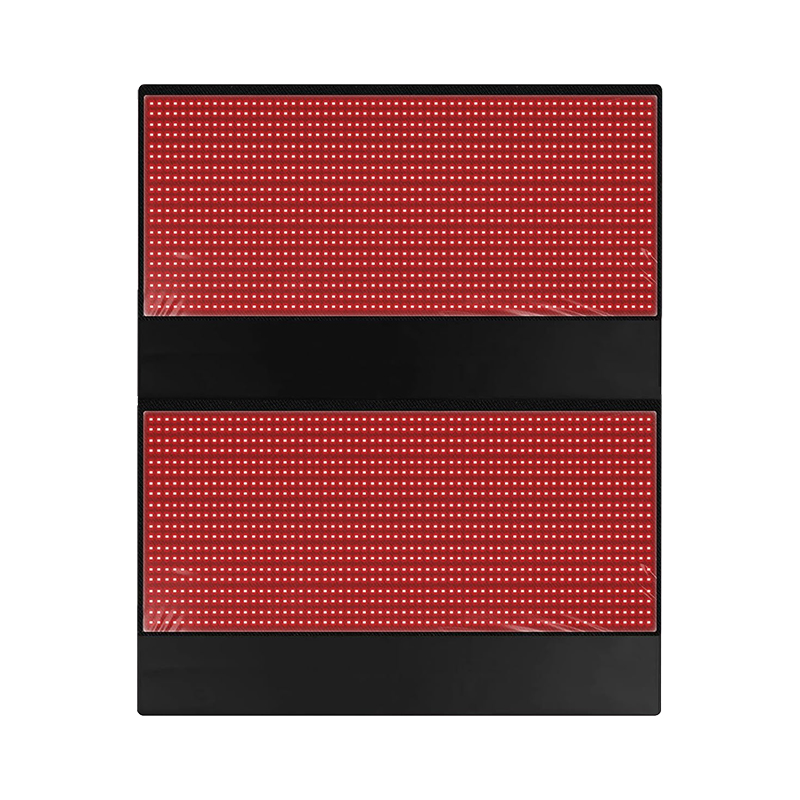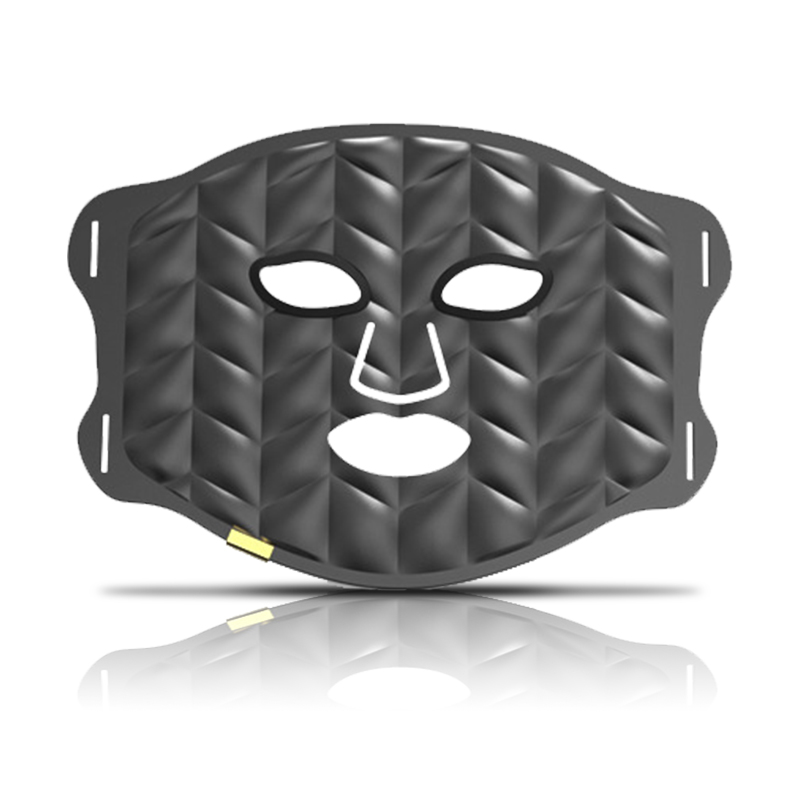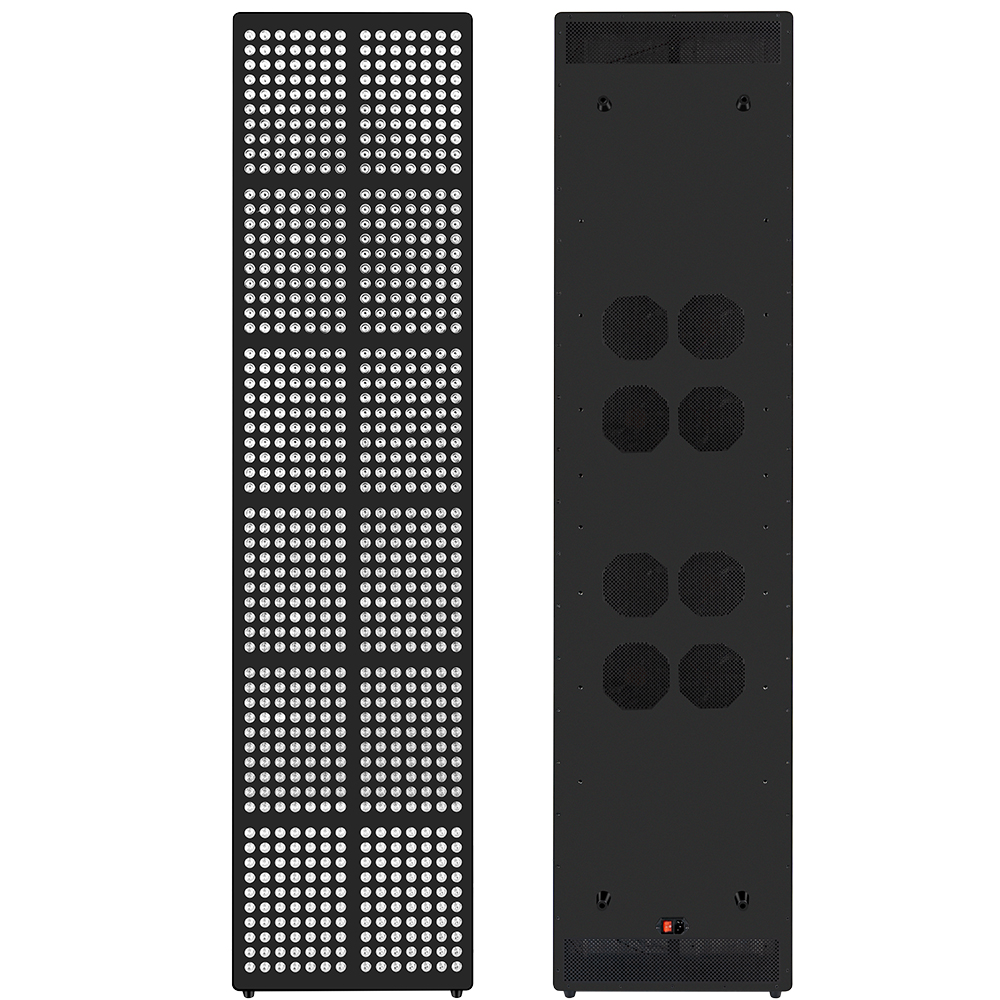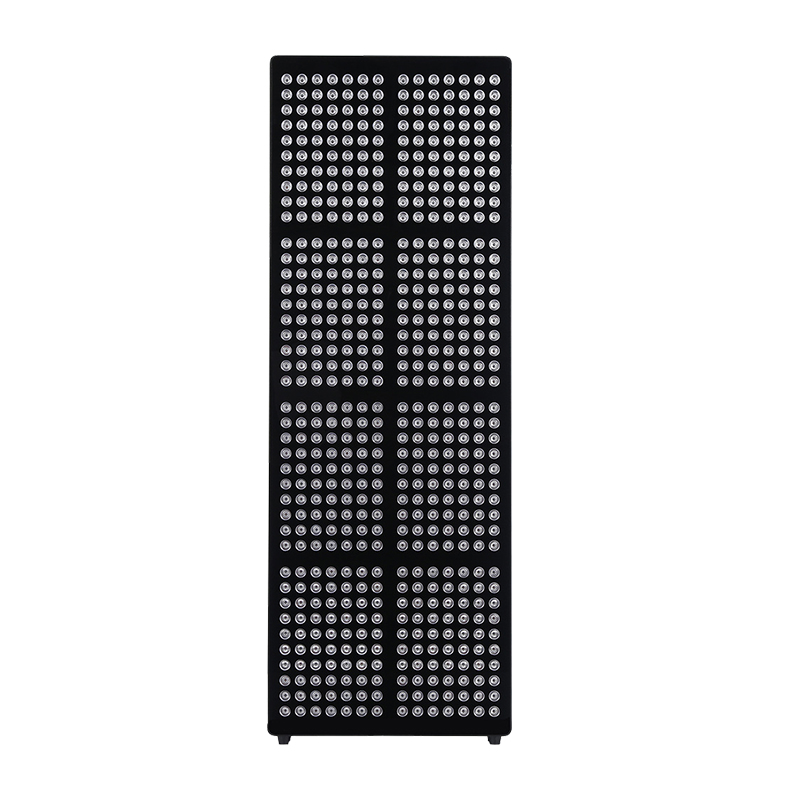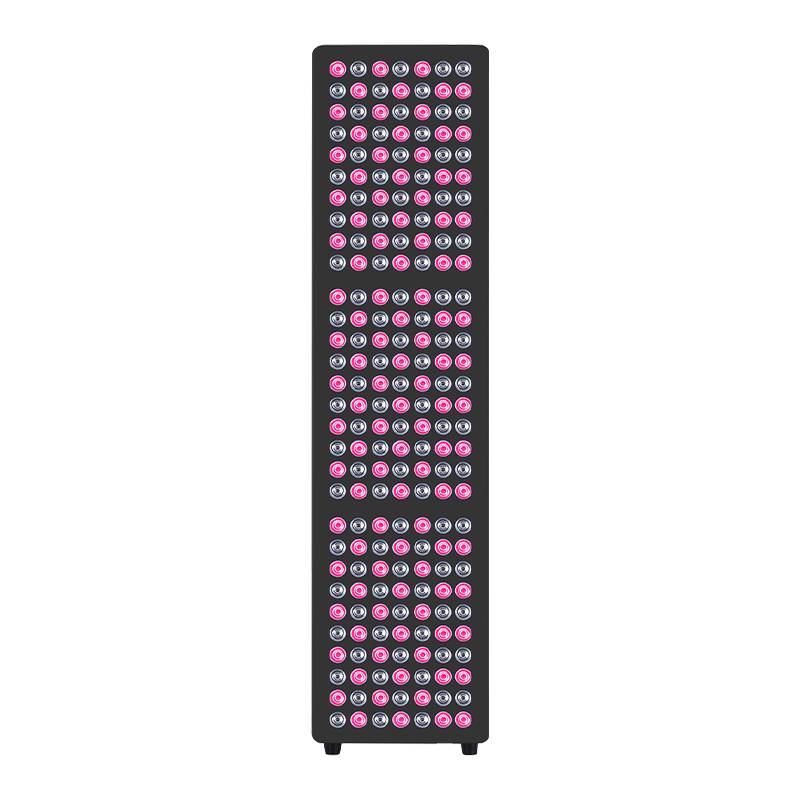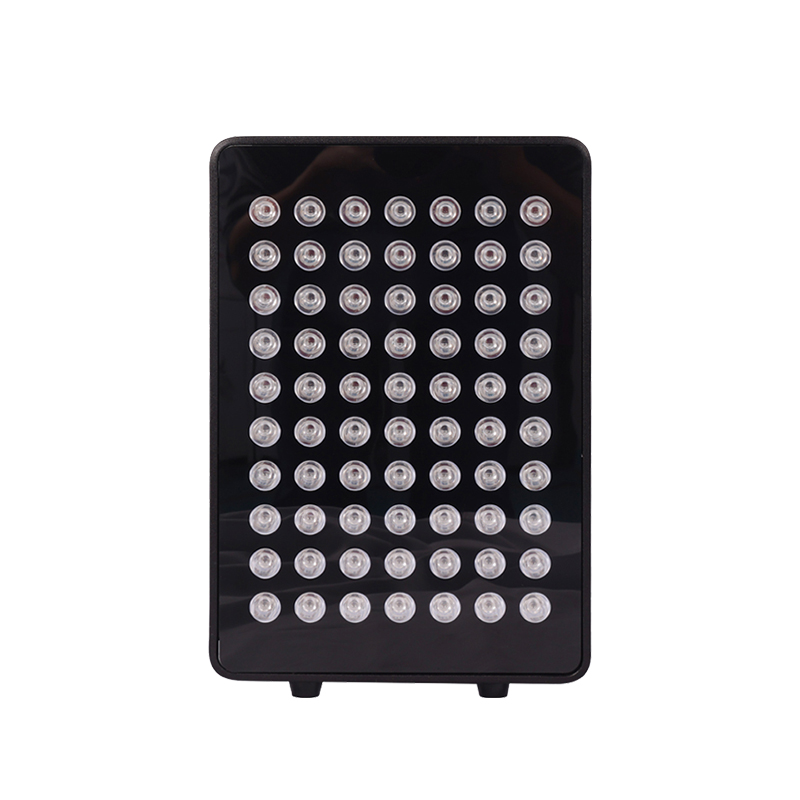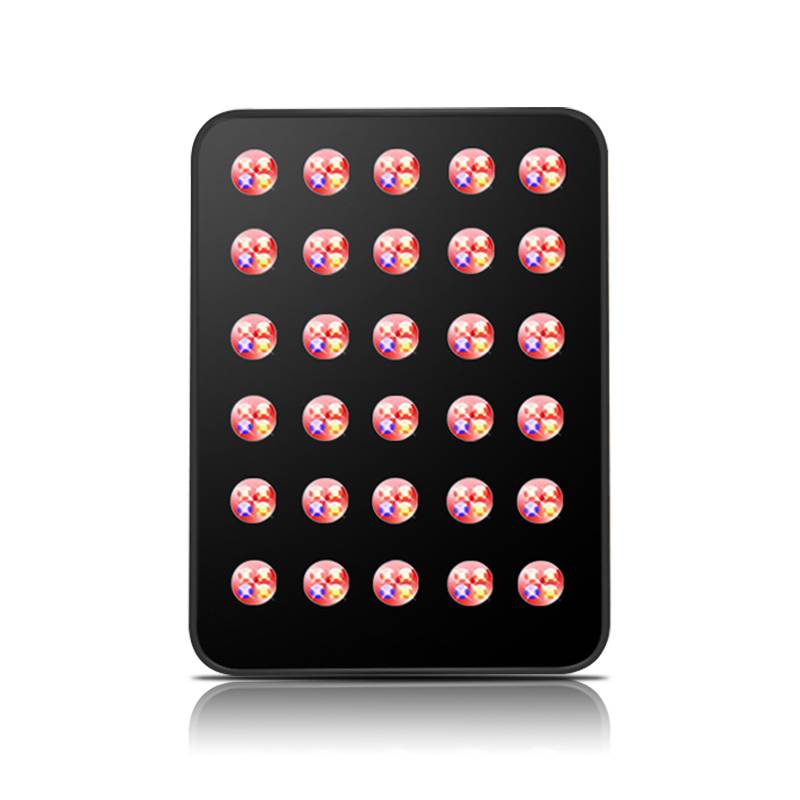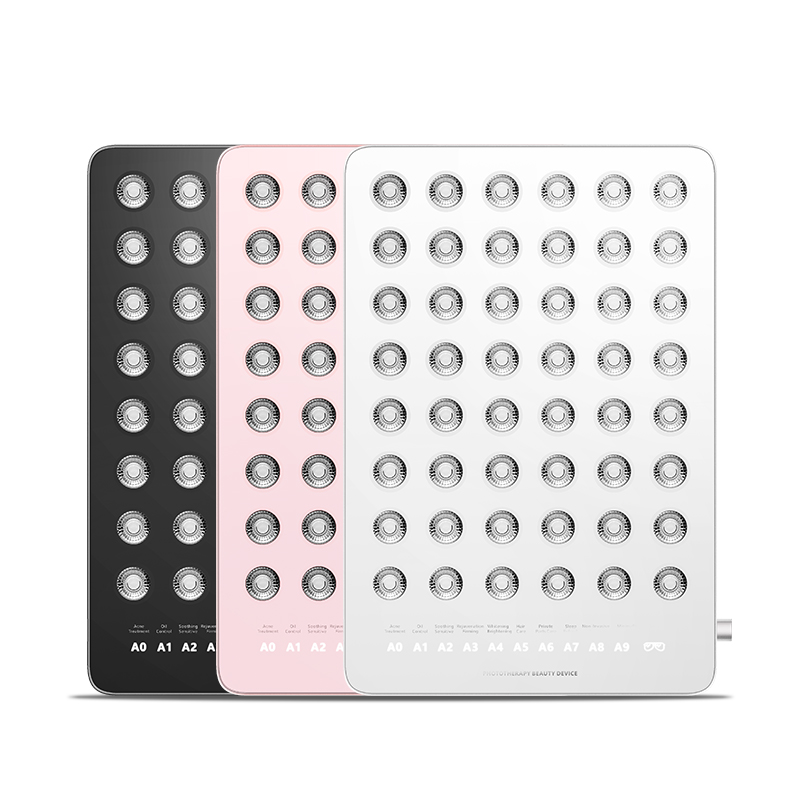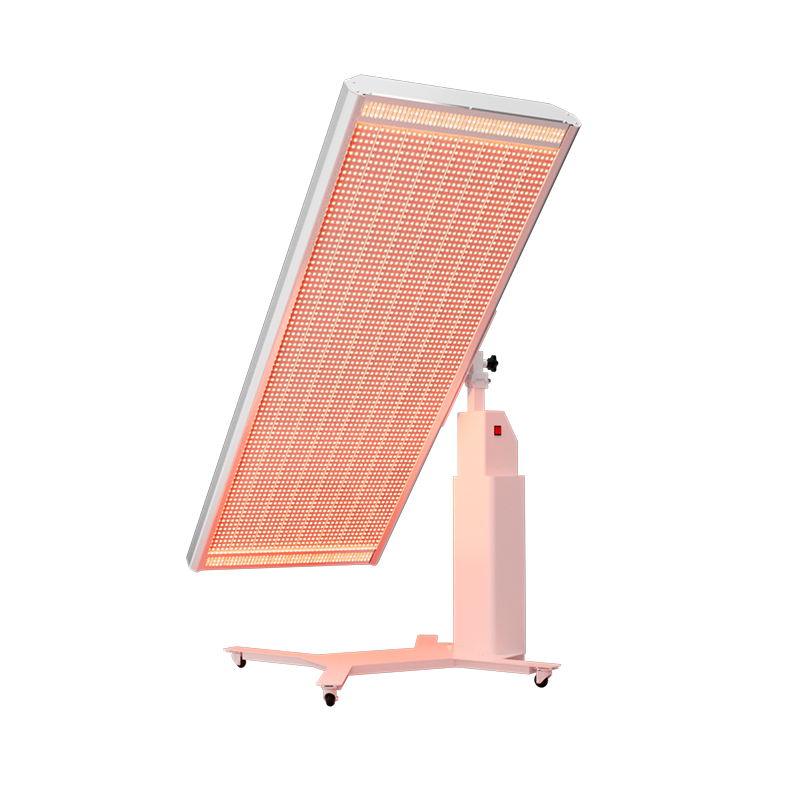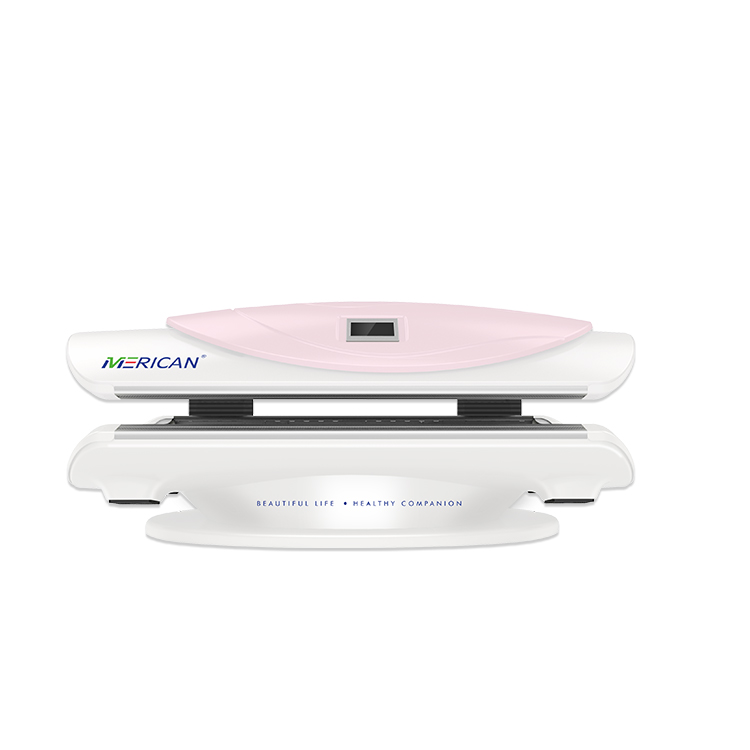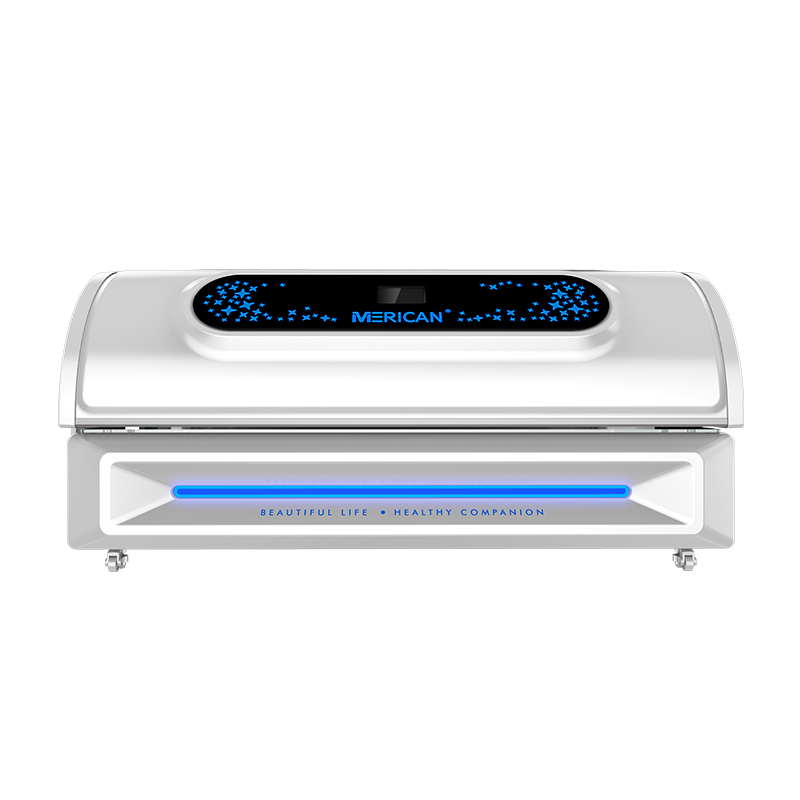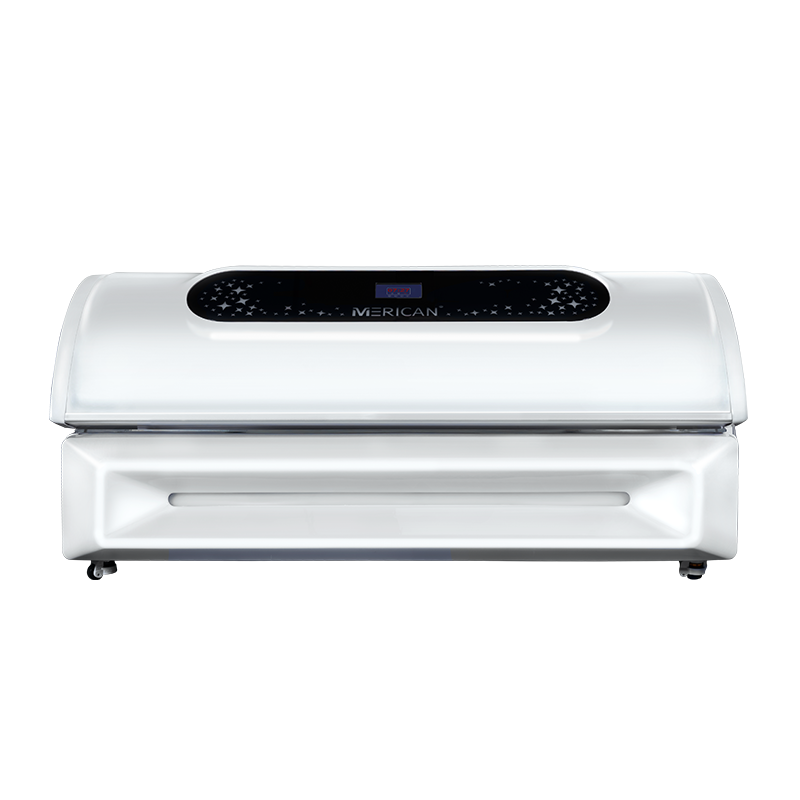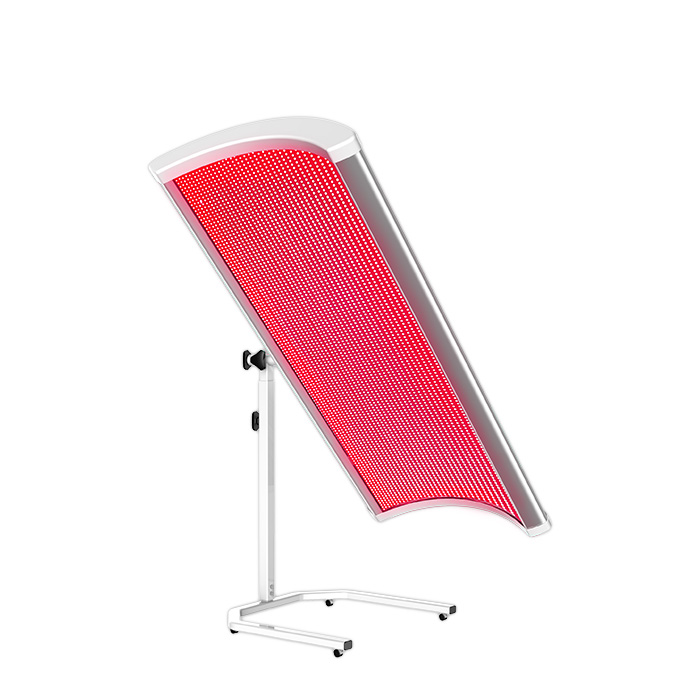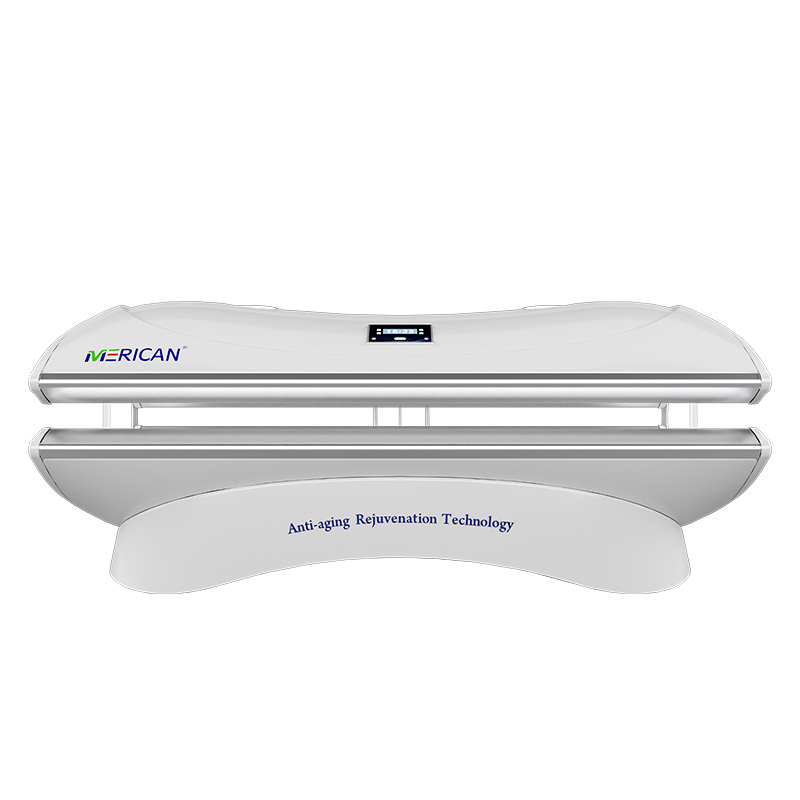Die Rotlichtwirksamkeit: Aufhellung und Verjüngung der Haut, weniger Flecken, Glättung von Falten, Straffung der Haut, Verbesserung der Stumpfheit, das Altern verzögern,usw.
Hinweise:Hautpflege, Hohe Blutfette,hoher Blutdruck und hoher Blutzucker,Akne,verschiedene Schmerzen,verschiedene Entzündungen,Angst und Depression,Ekzem,usw.
Wie rotes Licht Ihren Schlaf beeinflussen kann
Zirkadiane Rhythmen – die innere Uhr des Körpers, die unsere Schlaf- und Wachzyklen steuert – reagieren „auf Licht als Signal, wach zu sein.“, und zu dunkel als Signal zum Einschlafen,”nach Angaben der US-amerikanischen Zentren für die Kontrolle und Prävention von Krankheiten.
Wir reagieren am empfindlichsten auf Licht mit blauer Wellenlänge – die Art, die von Mobiltelefonen ausgestrahlt wird, TV- und Laptop-Bildschirme, sowie die Sonne – und es ist das Licht, das nachweislich die Ausschüttung des Schlafhormons Melatonin unterdrückt.
"Tagsüber, Dann möchten Sie unbedingt das blaue Licht, weil Sie tagsüber, wenn Sie wach sein sollten, Melatonin unterdrücken möchten,“, sagte Dasgupta. „Deshalb sagen wir immer, „Gehen Sie raus und setzen Sie sich morgens beim Aufwachen der guten Sonneneinstrahlung aus.“
Forschung zu Rotlicht und Schlaf
Denn blaues Licht hemmt die Ausschüttung von Melatonin, Die Hypothese, die der Forschung zu Schlaf und rotem Licht – der Farbe am anderen Ende des Spektrums – zugrunde liegt, ist, dass rotes Licht die Freisetzung von Melatonin fördern könnte, Dasgupta sagte.
Es gibt jedoch nur wenige Studien an gesunden menschlichen Teilnehmern zu Rotlicht und Schlaf, Die meisten davon sind klein, reicht von 10 Zu 30 Teilnehmer jeweils. Und es scheint, dass nur wenige dieser Studien einen solchen Zusammenhang festgestellt haben.
In a 2012 Studie, In China ansässige Forscher untersuchten die Wirkung der Rotlichttherapie auf die Schlafqualität und Leistungsausdauer 20 weibliche Basketballspieler. Die Hälfte der Spieler erhielt 30 Minutenlange Ganzkörperbestrahlung durch ein Rotlichttherapiegerät, das wie ein Solarium aussieht. Die Forscher fanden heraus, dass diese Gruppe eine stärkere Verbesserung des Schlafs und des Serummelatoninspiegels aufwies als die Placebogruppe, die keine Rotlichttherapie erhielten.
Angesichts der begrenzten Forschung, „Das ist eine dieser Situationen, in denen es einen Schlaf-Hack gibt,’ but there’s no evidence behind it really,” said Joshua Tal, a New York City-based psychologist specializing in sleep problems. “I don’t see the benefit.”
And other studies have found a very different effect. “We have shown that you can actually alert the brain by exposing people to that saturated red light,” said Mariana Figueiro, director of the Mount Sinai Light and Health Research Center in New York City.
A 2019 study led by Figueiro looked into whether delivering red light to closed eyes during sleep — using a red light mask — and to open eyes upon waking — via red light goggles — reduced sleep inertia among 30 adults. Sleep inertia is a circadian process that modulates memory, Stimmung, reaction time and alertness upon waking, according to a 2015 Studie. Some people experience impaired performance and grogginess over this period of time, and the effects of sleep inertia typically subside after 15 Zu 60 minutes but can last up to a few hours.
In Figueiro’s study, the authors collected data on participants’ sleepiness — which they self-reported — as well as auditory performance and cortisol levels on three Friday nights over three consecutive weeks. They found red light delivered through closed eyes while the participants were sleeping mitigated sleep inertia upon waking.
Two other small studies by Figueiro have also found red light to induce alertness.
“I would not make the claim that (Rotlicht) promotes sleep,” said Figueiro, who’s also a professor in the department of population health science and policy at the Icahn School of Medicine at Mount Sinai.
Red light’s impacts on sleep
Those who tout red light as beneficial for sleep have likely conflated red light’s low tendency to suppress melatonin with improving sleep — which isn’t the same thing, Figueiro said.
“The only thing that you could argue is that what it’s doing is, if you give that red light in the evening prior to sleep, you’re minimizing the disruption of the circadian system, because disruption of the circadian system occurs with bright or blue light,” Figueiro said. In other words, Es könnte sein, dass es Vorteile bringt, das Licht, dem Sie vor dem Schlafengehen ausgesetzt sind, durch rotes Licht zu ersetzen, anstatt Letzteres im Schlaf hinzuzufügen. „Und das könnte zu einem besseren Schlaf führen.“
Da rotes Licht keinen Einfluss auf das zirkadiane System hat, das Potenzial von rotem Licht, Aufmerksamkeit zu erregen, wie Figueiro bei ihrer Recherche herausfand, „beeinflusst Ihr Gehirn höchstwahrscheinlich über andere Wege als die biologische Uhr.“,“, sagte sie. Das zirkadiane System und die Wachsamkeit des Gehirns sind nicht dasselbe.
Damit Melatonin oder der zirkadiane Rhythmus durch Licht beeinflusst werden, Es muss ein Licht vorhanden sein, das durch die suprachiasmatischen Kerne geht – die Gehirnstruktur, in der sich die biologische Uhr befindet – und eine zirkadiane Reaktion hervorruft, Figueiro fügte hinzu.
Rotes Licht macht das im Allgemeinen nicht, „Was unserer Meinung nach passiert, ist das (Rotlicht) wirkt sich tatsächlich auf Teile des damit verbundenen Gehirns aus, Zum Beispiel, mit dem visuellen System,” Figueiro said. „Oder es könnte mit der Amygdala oder anderen Teilen des Gehirns zusammenhängen, die nicht unbedingt mit der biologischen Uhr verbunden sind.“
Gesamt, während rotes Licht nicht unbedingt den Schlaf fördert, es ist weniger störend als andere Lichtarten, sagten Experten.
Das Fazit ist, wenn es ums Schlafen geht, „Was besser ist als rotes Licht, ist kein Licht.“,“, sagte Dasgupta. Aber wenn du Licht haben willst, wie zum Beispiel ein Nachtlicht, aus irgendeinem Grund eingeschaltet, während Sie schlafen, Sie können genauso gut solche verwenden, die den Schlaf fördern, Er fügte hinzu – hier kann rotes Licht nützlich sein.

